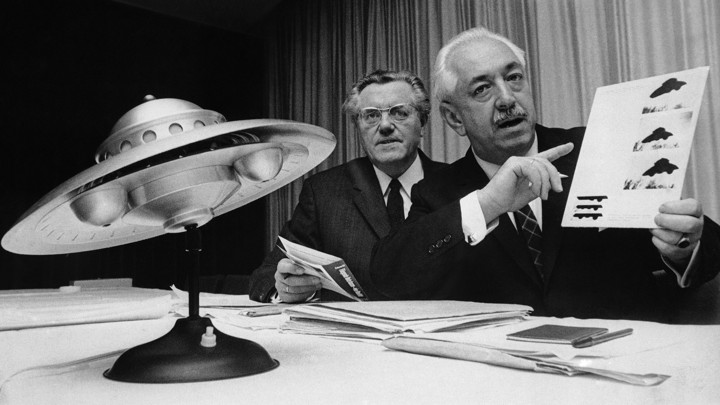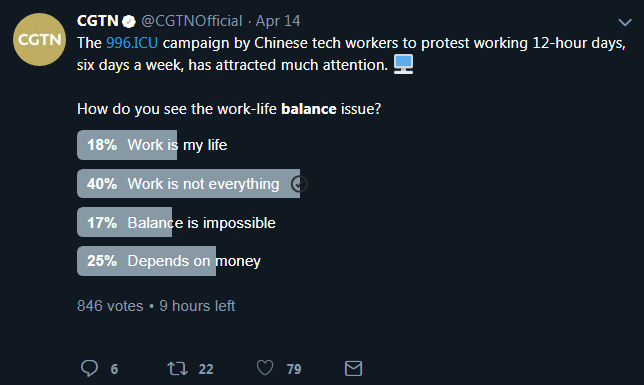ANOTHER ANOMALOUS ELECTRICAL PHENOMENA IS
ST. ELMO'S FIRE WHICH IS OFTEN MISTAKEN FOR BALL LIGHTNING
2018
A weather phenomenon called St. Elmo's Fire as seen form the cockpit ...
https://www.youtube.com/watch?v=B51GcGIqLlY
Video for st elmo's fire lightning▶ 3:54
Feb 20, 2018 - Uploaded by mightymkl
In this flight you'll see a phenomena called St. Elmo's Fire. It started on the First Officers window. St. Elmo's ...
A weather phenomenon called St. Elmo's Fire as seen form the cockpit ...
https://www.youtube.com/watch?v=B51GcGIqLlY
Video for st elmo's fire lightning▶ 3:54
Feb 20, 2018 - Uploaded by mightymkl
In this flight you'll see a phenomena called St. Elmo's Fire. It started on the First Officers window. St. Elmo's ...
2017
Sep 28, 2017 - Watch the rare and dazzling St. Elmo's Fire as seen from flight cockpit ... across the plane's windshield, arcing like small lightning bolts along ...
https://www.washingtonpost.com/…/watch-the-rare-and-dazzli…/
Sep 28, 2017 - Watch the rare and dazzling St. Elmo's Fire as seen from flight cockpit ... across the plane's windshield, arcing like small lightning bolts along ...
https://www.washingtonpost.com/…/watch-the-rare-and-dazzli…/
Man has bizarre encounter with St. Elmo's Fire on a frozen lake ...
https://cottagelife.com/…/man-has-bizarre-encounter-with-st…...
Jun 12, 2017 - Not to be confused with the 1980s coming-of-age film, St. Elmo's Fire is an eerie electrical phenomenon that's often confused for lightning.
https://cottagelife.com/…/man-has-bizarre-encounter-with-st…...
Jun 12, 2017 - Not to be confused with the 1980s coming-of-age film, St. Elmo's Fire is an eerie electrical phenomenon that's often confused for lightning.
2016
St. Elmo's Firе – Ancient Plasma Phenomena Seen By Sailors
www.messagetoeagle.com/st-elmos-firе-ancient-plasma-phenome…...
Mar 3, 2016 - St. Elmo's Fire and “ball lightning” are two different things. The scientific community cannot agree on what ball lightning is, but it is definitely not ...
St. Elmo's Firе – Ancient Plasma Phenomena Seen By Sailors
www.messagetoeagle.com/st-elmos-firе-ancient-plasma-phenome…...
Mar 3, 2016 - St. Elmo's Fire and “ball lightning” are two different things. The scientific community cannot agree on what ball lightning is, but it is definitely not ...
2015
How St. Elmo's Fire Works? - Geekswipe
https://geekswipe.net/scie…/physics/how-st-elmos-fire-works/
Dec 25, 2015 - Hence, it is neither a fire nor a lightning. It is more of a static discharge. Before we see how St. Elmo's fire work, it is essential to do a quick ...
How St. Elmo's Fire Works? - Geekswipe
https://geekswipe.net/scie…/physics/how-st-elmos-fire-works/
Dec 25, 2015 - Hence, it is neither a fire nor a lightning. It is more of a static discharge. Before we see how St. Elmo's fire work, it is essential to do a quick ...
2014
St. Elmo's Fire - University of Waterloo
https://uwaterloo.ca/…/ca.phys1…/files/uploads/files/149.pdf
electrical and magnetic influences around them. From common occurrences like lightning, magnetic attraction, and static electricity to the rare Saint Elmo's Fire,.
St. Elmo's Fire - University of Waterloo
https://uwaterloo.ca/…/ca.phys1…/files/uploads/files/149.pdf
electrical and magnetic influences around them. From common occurrences like lightning, magnetic attraction, and static electricity to the rare Saint Elmo's Fire,.
Physics Buzz: The Ghostly Glow of St. Elmo's Fire
physicsbuzz.physicscentral.com/…/the-ghostly-glow-of-st-elm…
Oct 31, 2014 - "Everything is in flames, — the sky with lightning, — the water with ... They are in fact a natural phenomenon known as St. Elmo's fire, first ...
physicsbuzz.physicscentral.com/…/the-ghostly-glow-of-st-elm…
Oct 31, 2014 - "Everything is in flames, — the sky with lightning, — the water with ... They are in fact a natural phenomenon known as St. Elmo's fire, first ...
2013
Scientists Have Recreated St Elmo's Fire in the Lab - Gizmodo
https://gizmodo.com/scientists-have-recreated-st-elmos-fire…
Aug 20, 2013 - A team of US researchers has finally worked out how reproduce ball lightning—sometimes referred to as St. Elmo's fire—in the lab.
Scientists Have Recreated St Elmo's Fire in the Lab - Gizmodo
https://gizmodo.com/scientists-have-recreated-st-elmos-fire…
Aug 20, 2013 - A team of US researchers has finally worked out how reproduce ball lightning—sometimes referred to as St. Elmo's fire—in the lab.
In this incredible photo, St. Elmo's Fire lights up an observatory
https://io9.gizmodo.com/in-this-incredible-photo-st-elmos-f…
May 31, 2013 - Unlike things like fire or lightning (both of which have plasma components), St. Elmo's Fire can be fairly cool. It was known for gathering around ...
https://io9.gizmodo.com/in-this-incredible-photo-st-elmos-f…
May 31, 2013 - Unlike things like fire or lightning (both of which have plasma components), St. Elmo's Fire can be fairly cool. It was known for gathering around ...
St. Elmo's Fire - The Wild West
https://www.thewildwest.org/…/wildwestcowboy…/227-stelmofire
St. Elmo's Fire, skylight and cattle ranching term of the American wild west. ... and just before a lightning flash, reaches ten thousand volts per centimeter. Thus ...
https://www.thewildwest.org/…/wildwestcowboy…/227-stelmofire
St. Elmo's Fire, skylight and cattle ranching term of the American wild west. ... and just before a lightning flash, reaches ten thousand volts per centimeter. Thus ...
2010
What is St. Elmo's Fire? - io9 - Gizmodo
https://io9.gizmodo.com/what-is-st-elmo-s-fire-5541289
May 21, 2010 - Saint Elmo's Fire is the lightning-like glow that gathers around a ship's mast, usually towards the end of storm. Sailors considered it the saint's ...
What is St. Elmo's Fire? - io9 - Gizmodo
https://io9.gizmodo.com/what-is-st-elmo-s-fire-5541289
May 21, 2010 - Saint Elmo's Fire is the lightning-like glow that gathers around a ship's mast, usually towards the end of storm. Sailors considered it the saint's ...
1998
Weather Elements: The Fire Of St. Elmo - Islandnet.com
https://www.islandnet.com/~see/weather/elements/stelmo.htm
May 30, 1998 - St. Elmo's Fire has long served as an omen of heavenly intervention to ... lightning rod, church spires and metal weather cocks, St Elmo's Fire ...
Weather Elements: The Fire Of St. Elmo - Islandnet.com
https://www.islandnet.com/~see/weather/elements/stelmo.htm
May 30, 1998 - St. Elmo's Fire has long served as an omen of heavenly intervention to ... lightning rod, church spires and metal weather cocks, St Elmo's Fire ...
OTHER ARTICLES
What causes the strange glow known as St. Elmo's Fire?
https://www.scientificamerican.com/…/quotwhat-causes-the-s…/
If we lived in an atmosphere of neon gas, then St. Elmo's fire would be red/orange, and lightning would be white with orange edges. Our atmosphere is nitrogen ...
What causes the strange glow known as St. Elmo's Fire?
https://www.scientificamerican.com/…/quotwhat-causes-the-s…/
If we lived in an atmosphere of neon gas, then St. Elmo's fire would be red/orange, and lightning would be white with orange edges. Our atmosphere is nitrogen ...
St Elmo's fire | The Electric Universe Theory
https://www.electricuniverse.info/st-elmos-fire/
Physically, St. Elmo's fire is a bright blue or violet glow, appearing like fire in some circumstances, from tall, sharply pointed structures such as lightning rods, ...
https://www.electricuniverse.info/st-elmos-fire/
Physically, St. Elmo's fire is a bright blue or violet glow, appearing like fire in some circumstances, from tall, sharply pointed structures such as lightning rods, ...
















 @GameWorkers
@GameWorkers








